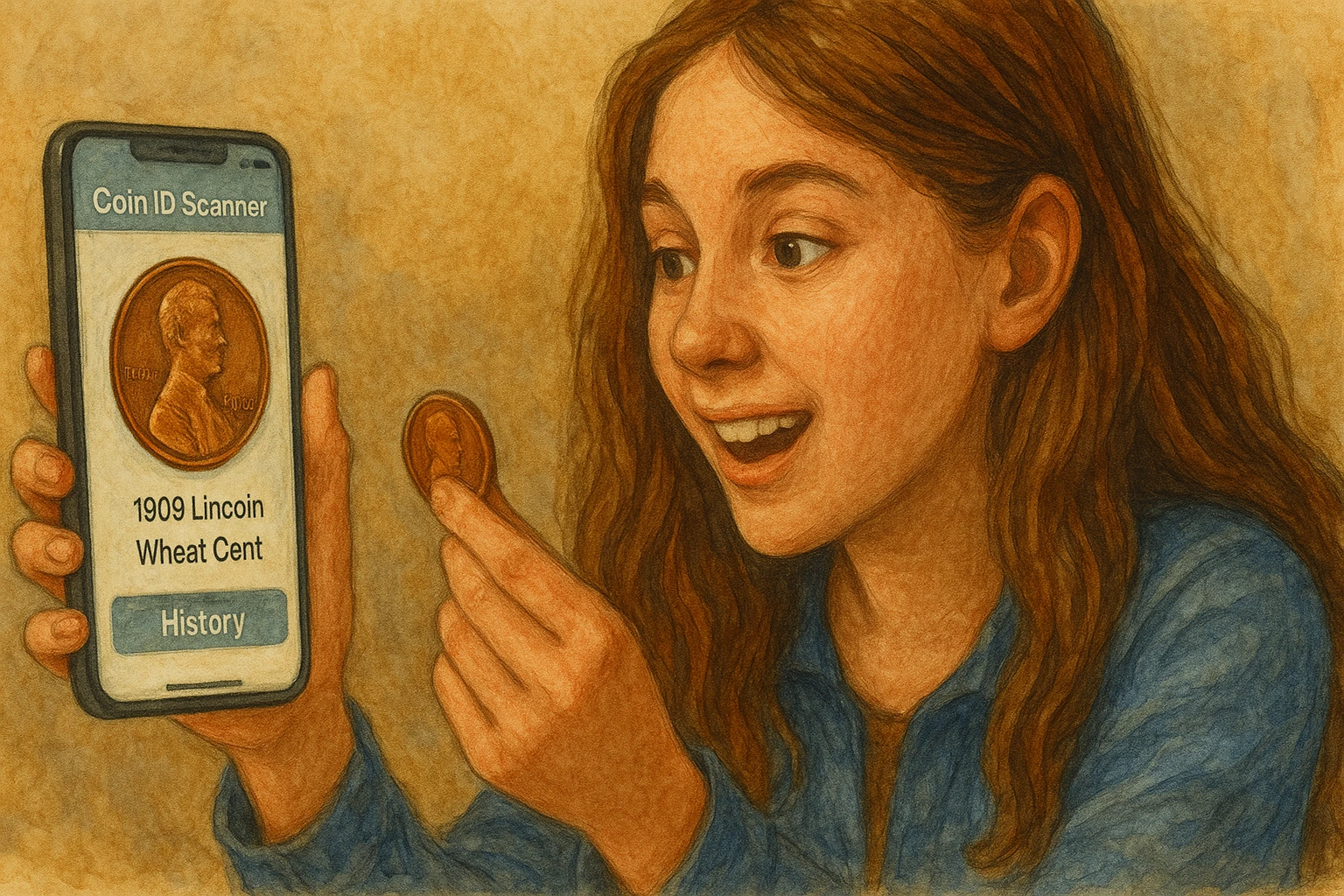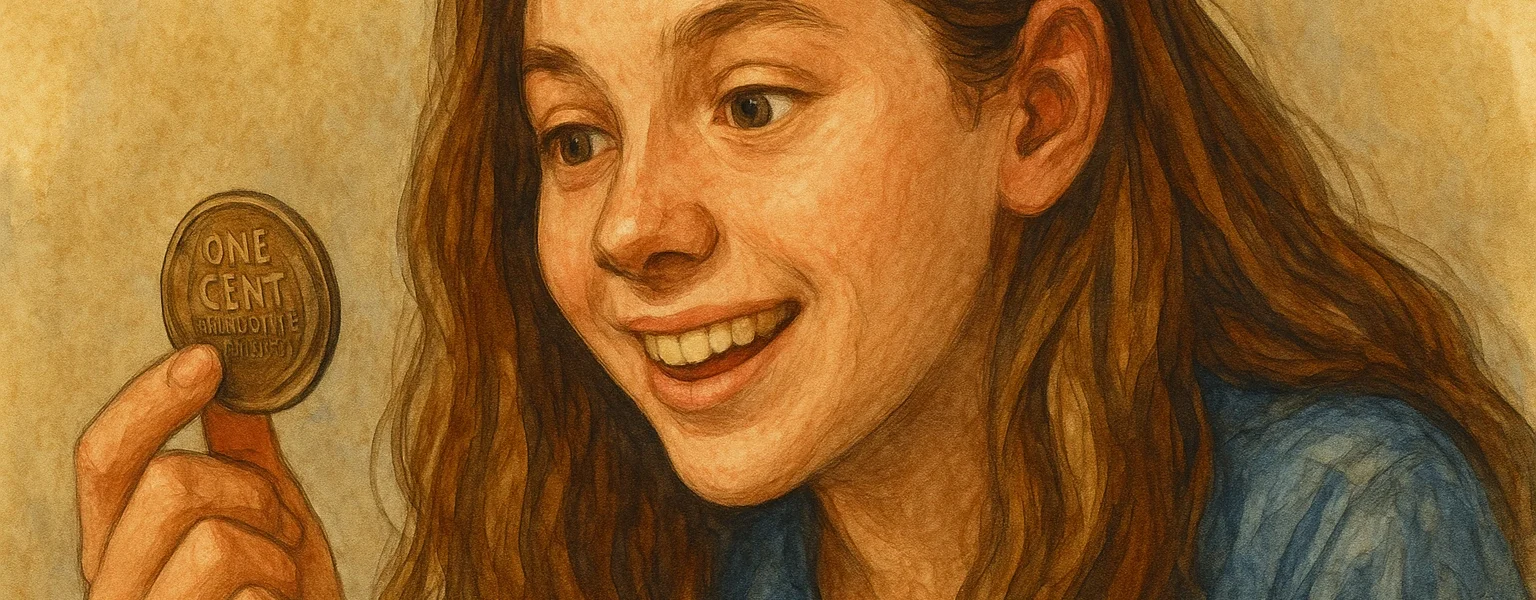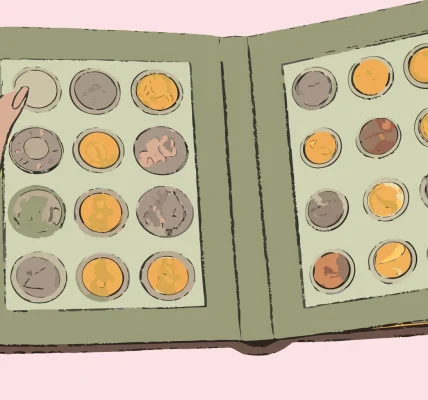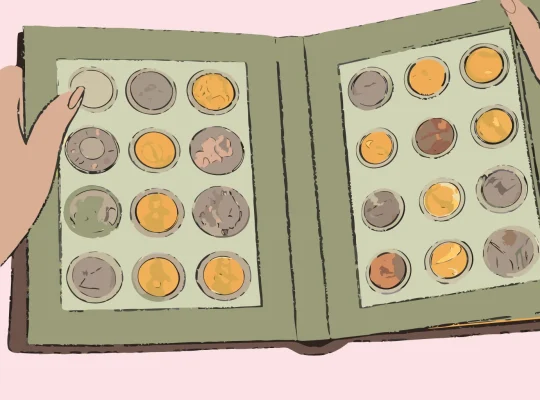Discover the extraordinary world of valuable pennies hiding in plain sight and learn how to identify these million-dollar treasures
Most people treat pennies as mere pocket change, often tossing them into jars or leaving them on counters. However, lurking among these seemingly worthless copper coins could be specimens worth hundreds of thousands—or even millions—of dollars. The world of rare penny collecting has produced some of the most spectacular auction results in numismatic history, transforming ordinary-looking cents into life-changing discoveries.
Understanding which 1910 penny value makes 6 figures and knowing how to identify it could turn your next coin hunt into an extraordinary windfall. This comprehensive guide explores the most valuable US pennies ever sold, the specific characteristics that make them worth fortunes, and the modern tools that can help you separate treasure from trash.

The Million-Dollar Penny Hall of Fame
The 1943-D Lincoln Bronze Wheat Penny: The Holy Grail
At the pinnacle of penny collecting sits the legendary 1943-D Lincoln Bronze Wheat Penny, a coin so rare that only one confirmed example exists. During World War II, the US Mint switched from bronze to zinc-coated steel for penny production to conserve copper for military use. However, at the Denver Mint, a few bronze planchets from the previous year somehow made it into the production line.
This singular mistake created numismatic history. In 2010, this extraordinary penny sold for $1.7 million, and current market valuations suggest it could reach $2.3 million in today’s market. The coin’s value stems not just from its rarity, but from the fascinating wartime story it represents—a tangible piece of American history when every ounce of copper mattered for the war effort.
The 1944-S Lincoln Steel Wheat Penny: The Reverse Error
While most 1944 pennies returned to traditional bronze composition, the San Francisco Mint accidentally struck a few coins on leftover steel planchets from 1943. Only two confirmed examples exist, making this among the rarest pennies in American numismatics.
These steel pennies have commanded impressive prices at auction, with examples selling for over $400,000 in average condition. A pristine specimen could potentially reach $1.1 million, demonstrating how condition dramatically affects value in the rare coin market.
Other Legendary High-Value Pennies
1909-S VDB Lincoln Wheat Penny: This first-year Lincoln cent bears the initials of designer Victor David Brenner on the reverse, which were removed after public controversy. San Francisco examples are particularly scarce, with high-grade specimens selling for $100,000 or more.
1955 Double Die Obverse Lincoln Penny: Perhaps the most famous error coin in American numismatics, this penny shows dramatic doubling of the date and lettering on the front. Clear examples can sell for $50,000 to $125,000 depending on condition.
1877 Indian Head Penny: This key date in the Indian Head series commands premium prices, with pristine examples reaching six figures. Its low mintage makes it the most valuable regular-issue Indian Head penny.
1914-D Lincoln Wheat Penny: Another key date that can reach $10,000 to $75,000 in high grades, representing the scarce early Denver Mint production.
Detection Methods and Identification Techniques
Understanding Mint Marks and Their Significance
Proper identification begins with understanding mint marks—small letters that indicate where coins were produced. These tiny symbols can mean the difference between a common coin and a valuable rarity:
- No mint mark: Philadelphia Mint (most common)
- D: Denver Mint
- S: San Francisco Mint
On Lincoln pennies, mint marks appear below the date on the obverse. The location and presence of these marks, combined with specific years, create the rarity patterns that determine value.
Recognizing Critical Error Types
Double Die Errors: Look for clear doubling of letters, numbers, or design elements. The doubling should be obvious to the naked eye, not requiring magnification to detect. The 1955 Double Die shows dramatic separation between the doubled images.
Wrong Planchet Errors: These occur when coins are struck on metal intended for different denominations or years. The 1943 bronze and 1944 steel pennies are prime examples. Check the color and magnetic properties—steel pennies will stick to magnets while bronze pennies won’t.
Off-Center Strikes: Coins struck off-center can be valuable if the date remains visible and the off-center percentage is significant (typically 10% or more).
Material Composition Testing
Magnet Test: Genuine 1943 steel pennies will be attracted to magnets, while bronze pennies won’t. This simple test can immediately identify potential steel penny candidates.
Weight Comparison: Steel pennies weigh approximately 2.7 grams, while bronze pennies weigh about 3.11 grams. A precision scale can help distinguish between compositions.
Color Analysis: Steel pennies appear silver-gray, while bronze pennies show the familiar copper-brown coloration. However, be aware that some common pennies have been plated to mimic steel pennies.
Professional Grading Considerations
Condition dramatically affects value, making professional grading essential for high-value discoveries. The Sheldon 70-point scale ranges from Poor (P-1) to Perfect Mint State (MS-70). Key grading factors include:
- Luster: Original mint shine indicates higher grades
- Strike Quality: Sharp, well-defined details suggest better preservation
- Surface Preservation: Absence of scratches, spots, or corrosion
- Eye Appeal: Overall attractiveness affects marketability
Modern Detection Tools and Hunting Strategies
Leveraging Technology: The Coin ID Scanner App Revolution
Modern technology has revolutionized coin identification, making expert-level analysis accessible to amateur collectors. The Coin ID Scanner app represents a breakthrough in mobile numismatics, using advanced AI-powered image recognition to instantly identify coins and provide comprehensive valuation data.

Key features that benefit penny hunters include:
Instant Recognition: Simply photograph your penny, and the app analyzes design elements, dates, mint marks, and potential errors within seconds.
Comprehensive Database: Access detailed information about mintage figures, known varieties, and current market values for thousands of penny types.
Collection management: Create a digital copy of your collection with Coin ID Scanner’s help. Leave notes, classify, and store everything as you wish.
Building Your Detection Arsenal
Essential Physical Tools:
- High-quality magnifying glass or jeweler’s loupe (10x magnification minimum)
- Precision digital scale accurate to 0.01 grams
- Strong magnet for composition testing
- Good lighting (LED desk lamp with adjustable positioning)
- Cotton gloves for safe handling
Digital Resources:
- USA Coin Book database for comprehensive pricing information
- PCGS and NGC population reports showing rarity data
- Online auction results for real-world market values
- Coin forum communities for expert opinions and verification
Practical Hunting Strategies
Systematic Change Checking: Develop a routine for examining pocket change, focusing on pre-1982 pennies when copper content was higher.
Bank Roll Searching: Purchase penny rolls from banks to search larger quantities efficiently. Focus on rolls that might contain older coins.
Estate Sale Opportunities: Coin jars and collections at estate sales often contain overlooked treasures.
Metal Detecting: With proper permissions, metal detecting can uncover older coins in circulation before modern penny compositions.
Verification and Authentication Process
When you discover a potentially valuable penny, follow these crucial steps:
- Document Everything: Photograph the coin from multiple angles with clear lighting
- Research Thoroughly: Cross-reference multiple sources to confirm rarity and value estimates
- Seek Expert Opinion: Contact reputable coin dealers or submit to professional grading services
- Avoid Cleaning: Never clean valuable coins, as this destroys numismatic value
- Secure Storage: Store potential treasures in protective holders away from environmental damage
The dream of discovering a million-dollar penny in everyday change remains tantalizingly possible. While the odds are astronomical, armed with proper knowledge, modern identification tools like the Coin ID Scanner app, and systematic searching techniques, you significantly improve your chances of making a life-changing discovery.
Remember that even pennies worth hundreds or thousands of dollars can provide substantial returns on your time investment. The key lies in understanding what makes pennies valuable, developing reliable identification skills, and maintaining the patience to search through countless common coins to find the extraordinary exceptions.
Your next handful of pocket change could contain a piece of American history worth more than most people’s annual salaries. The question isn’t whether valuable pennies exist—it’s whether you’ll be the one to find them. Start checking your change today, because somewhere out there, million-dollar pennies are waiting to be discovered by someone just like you.








